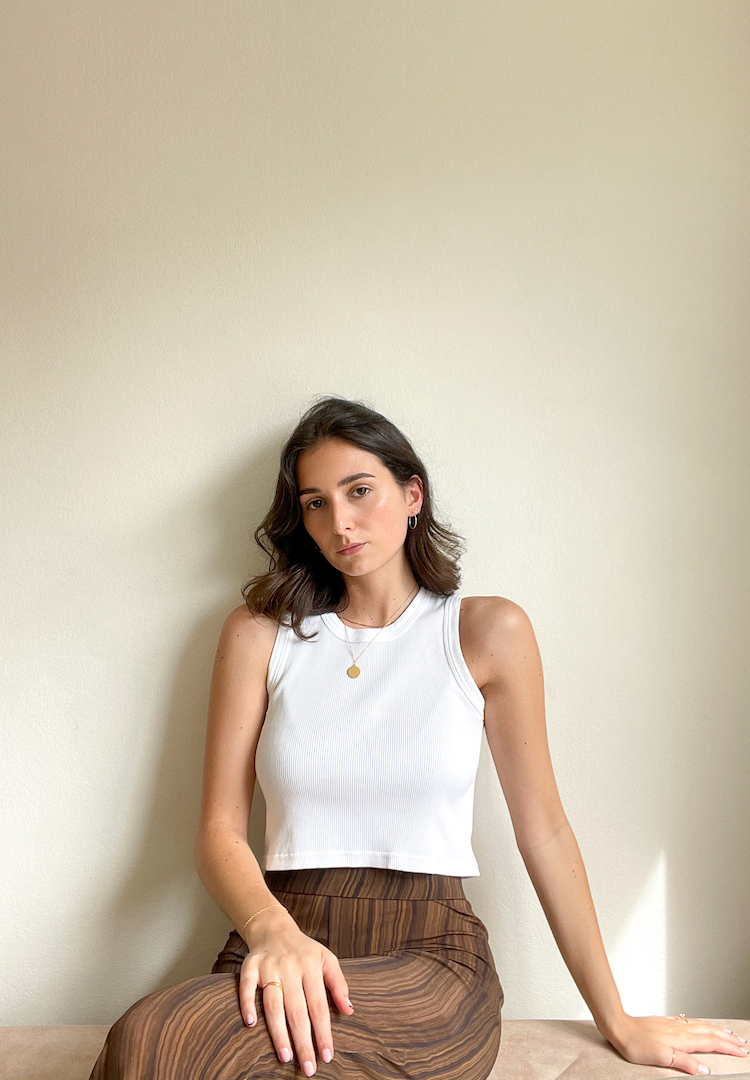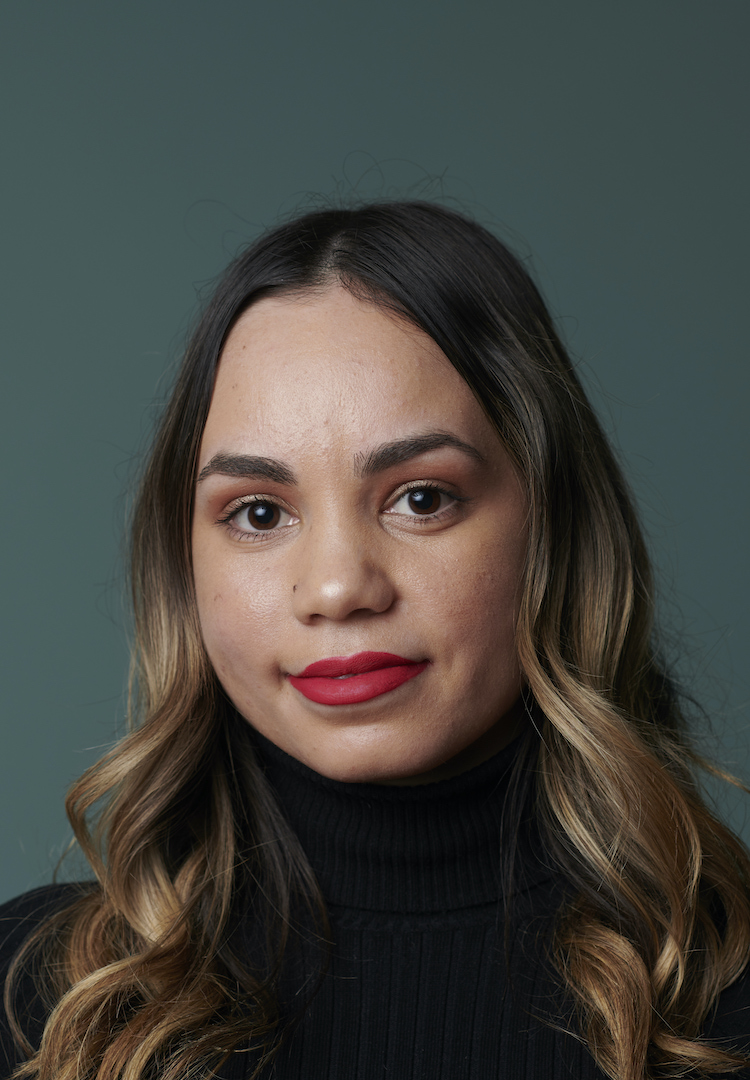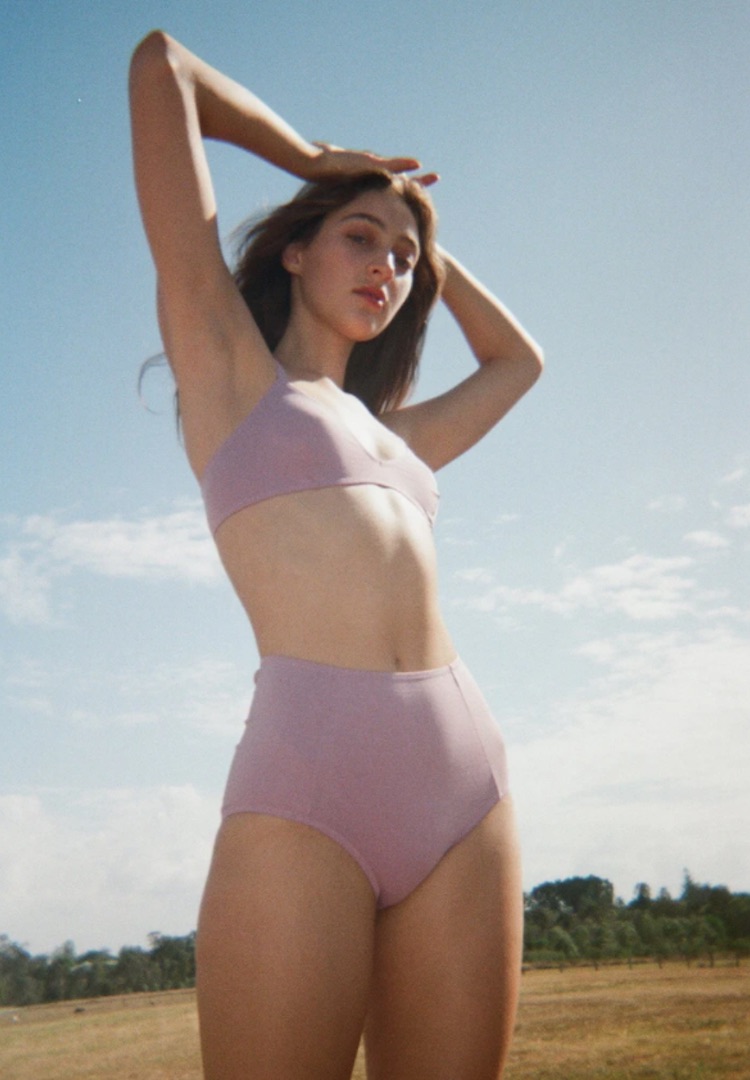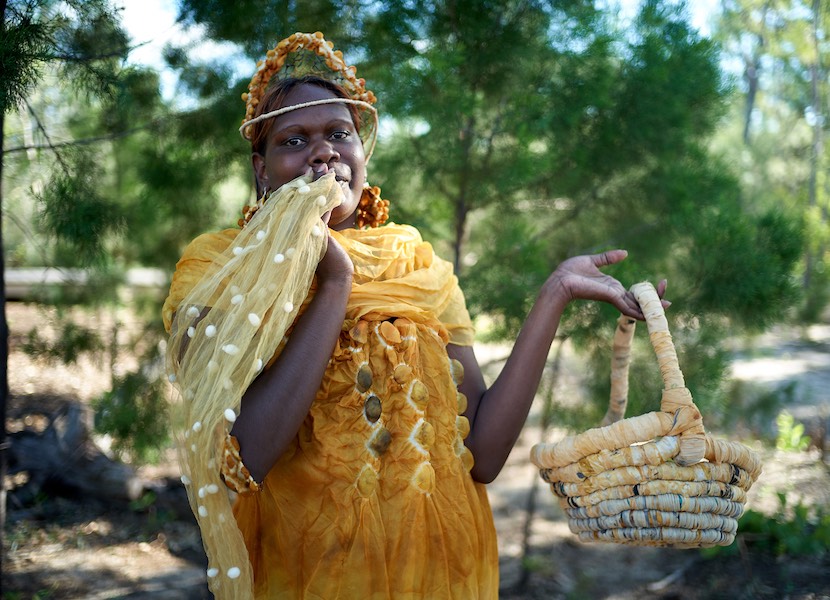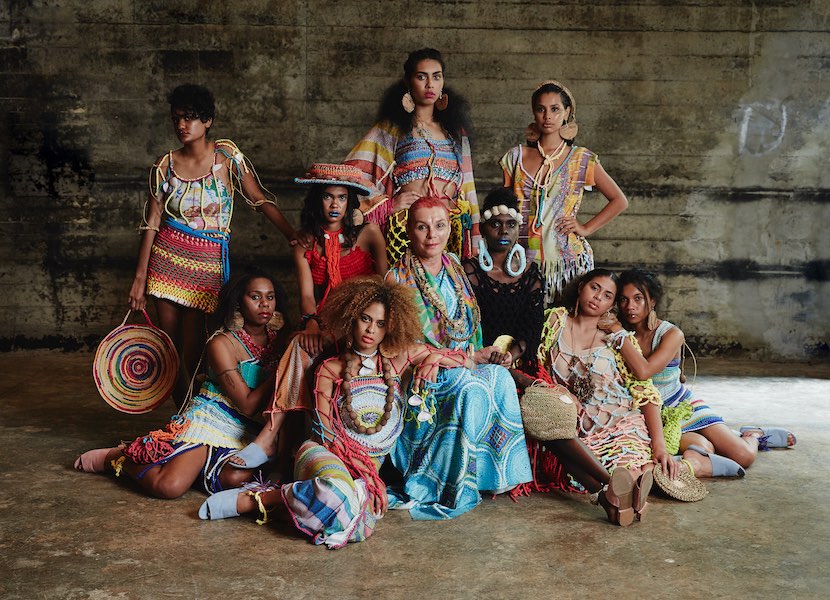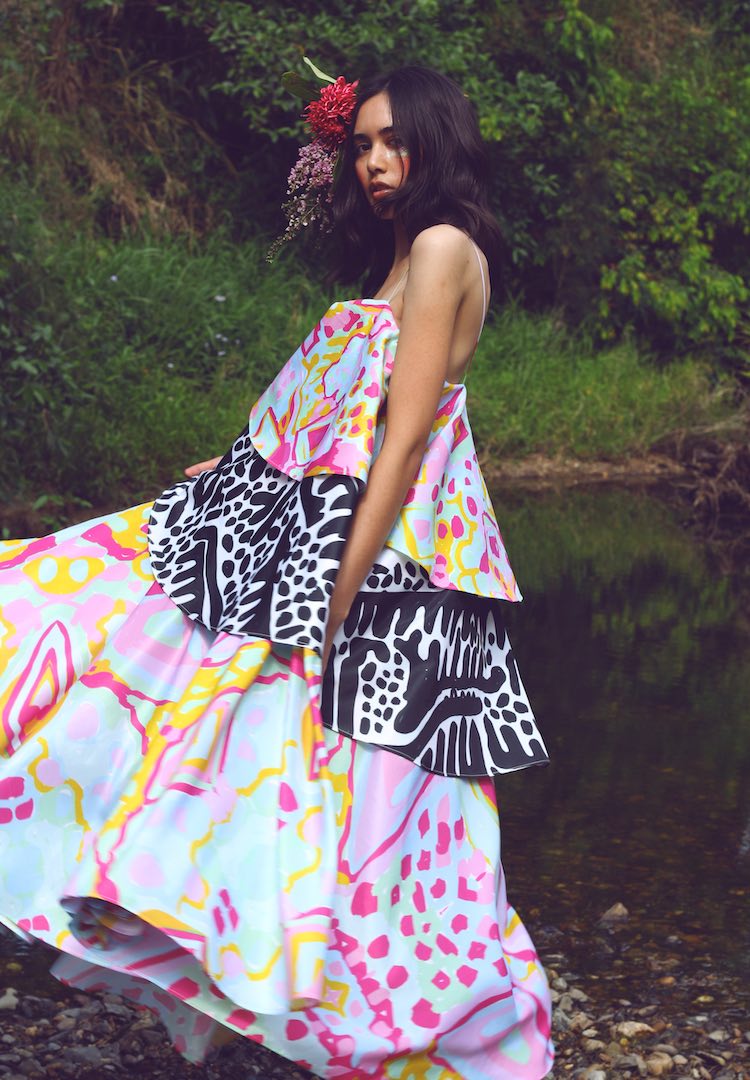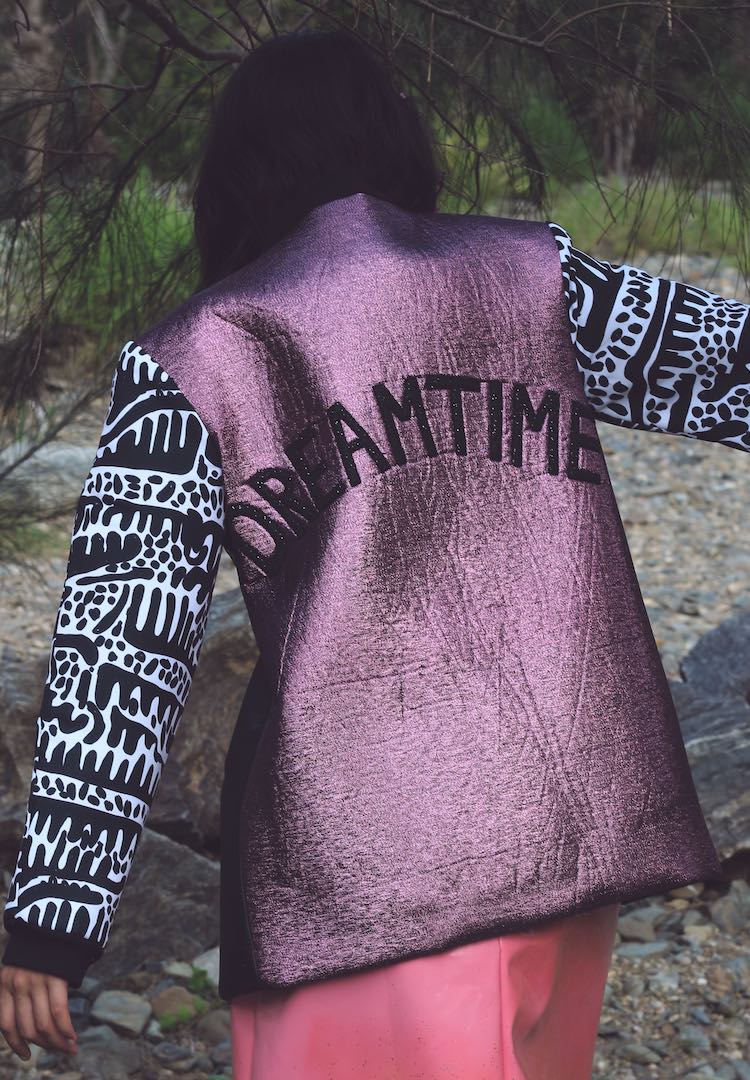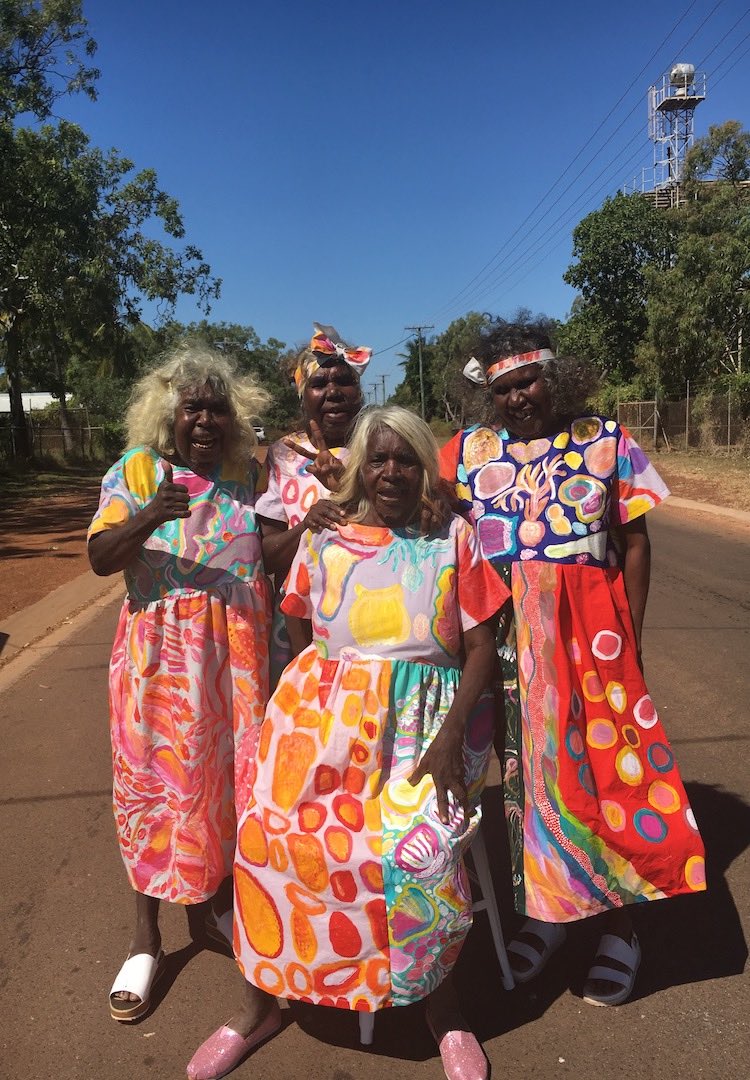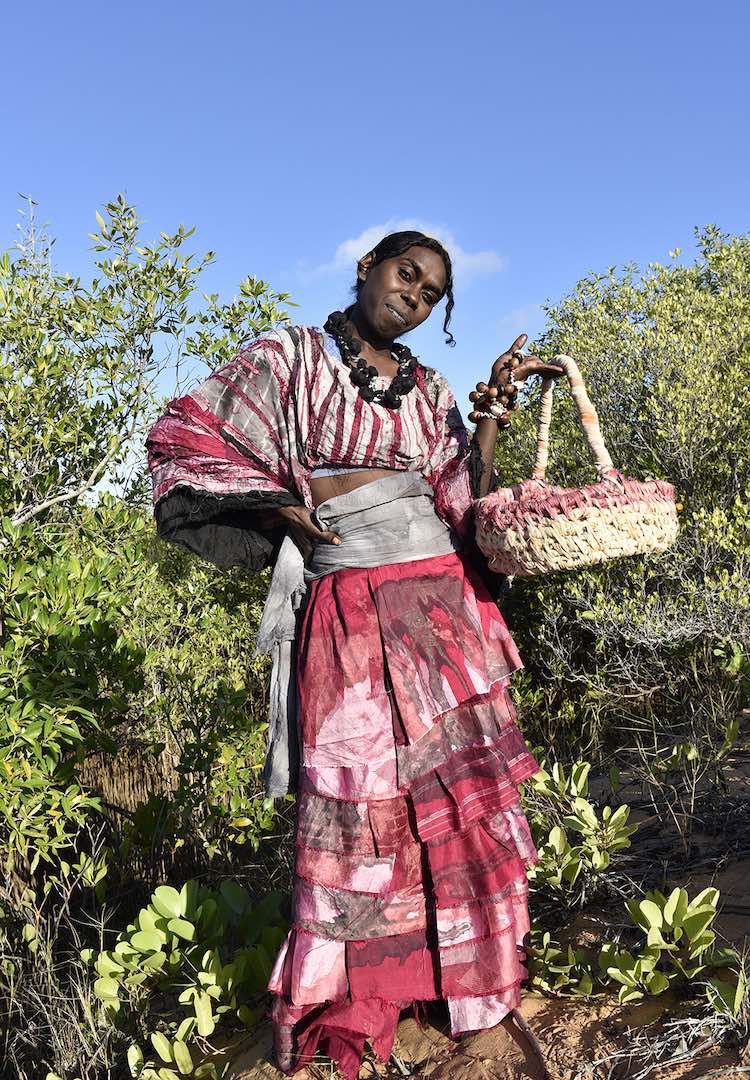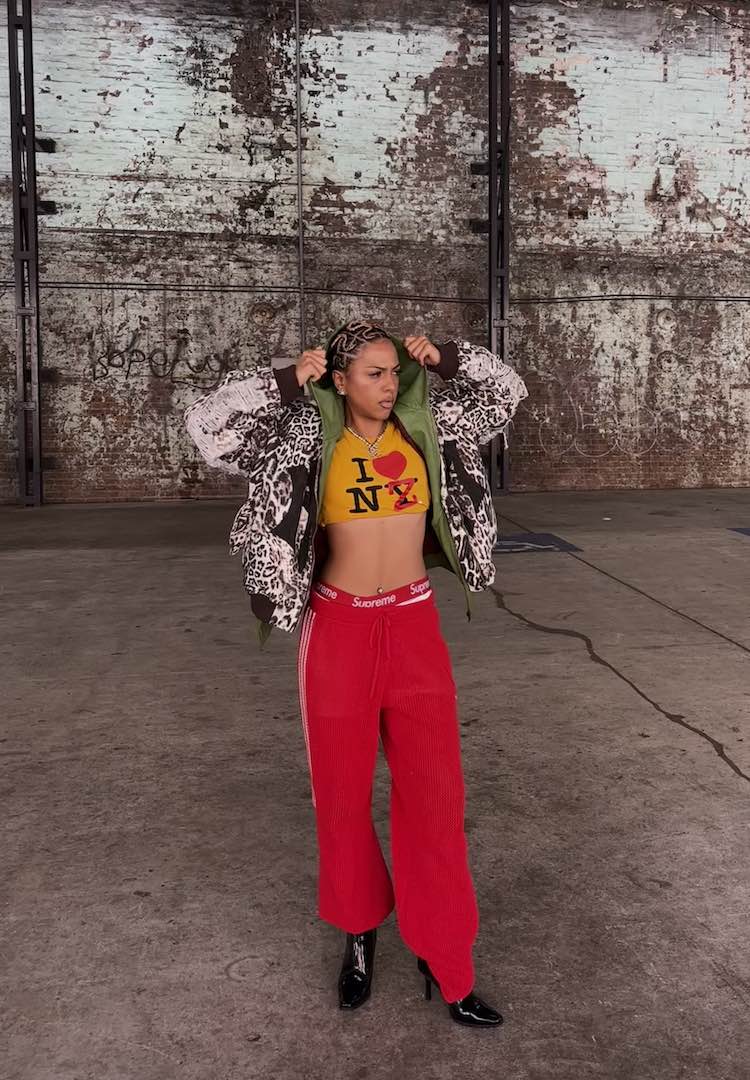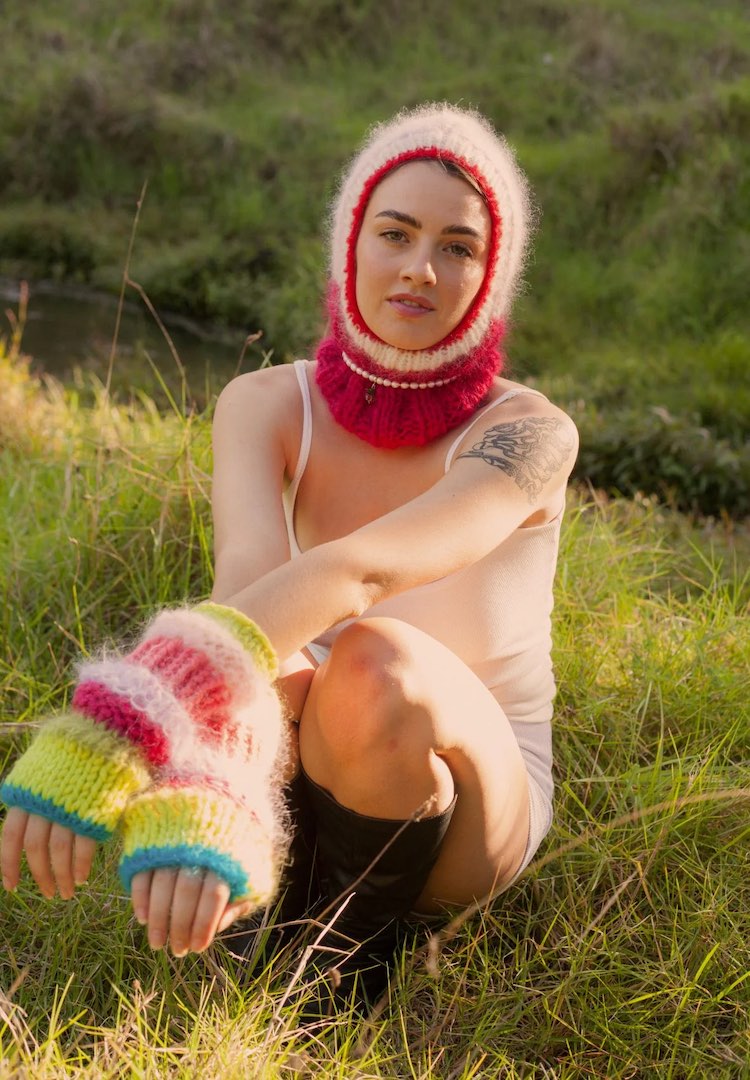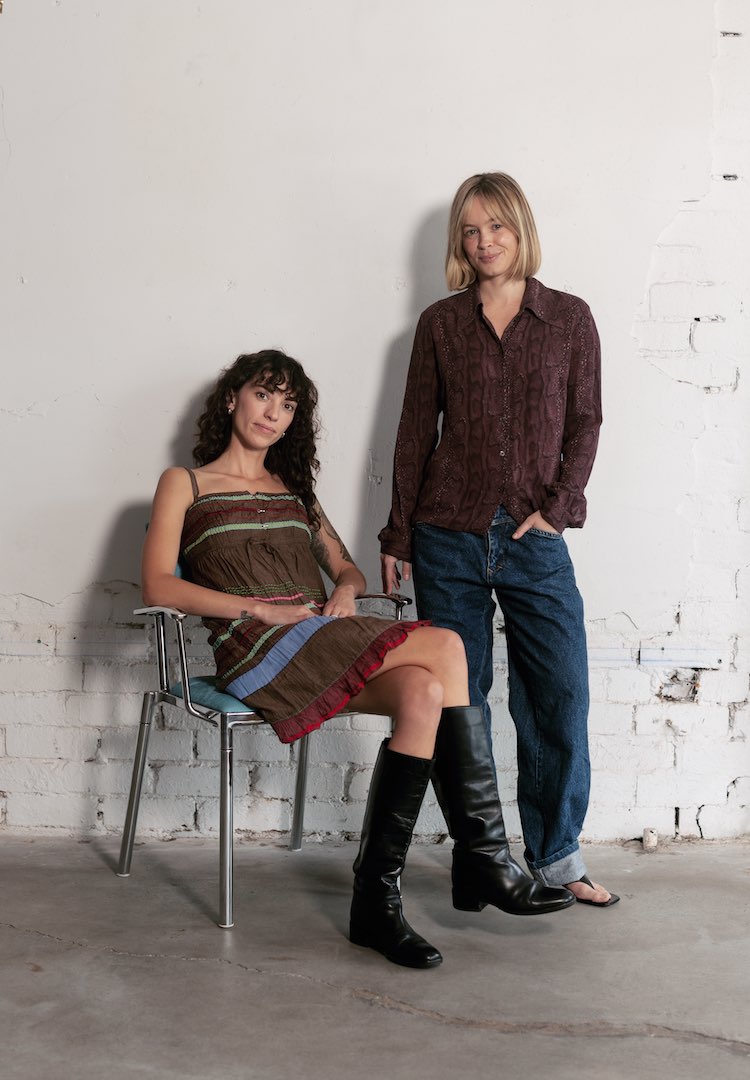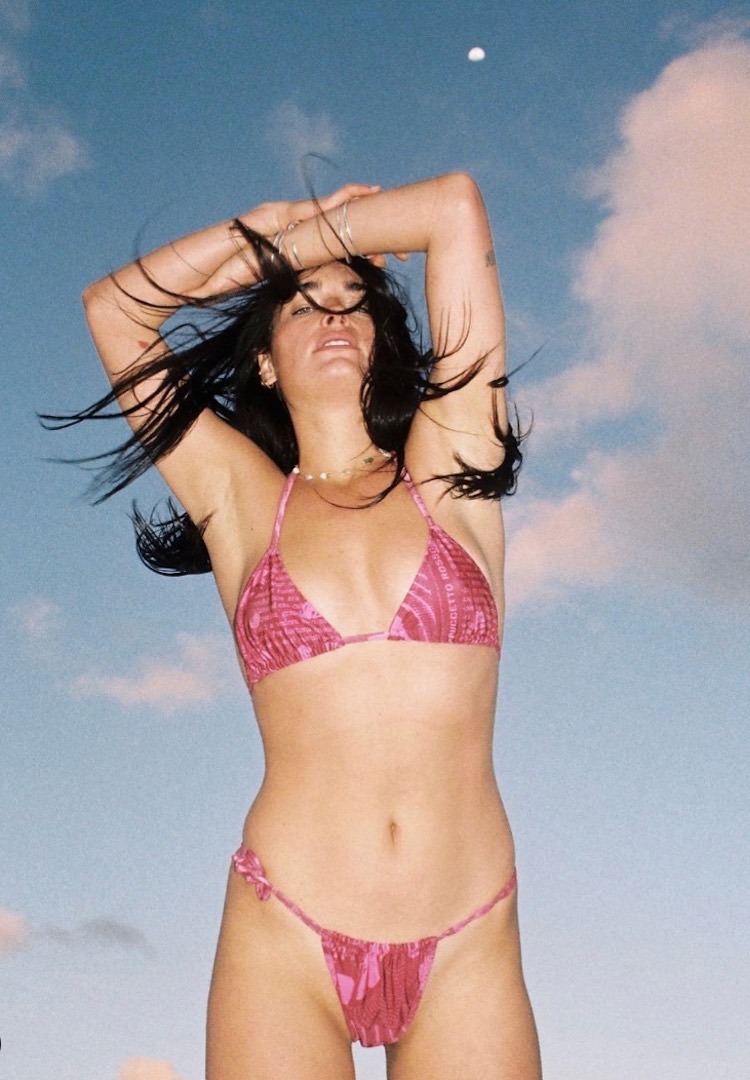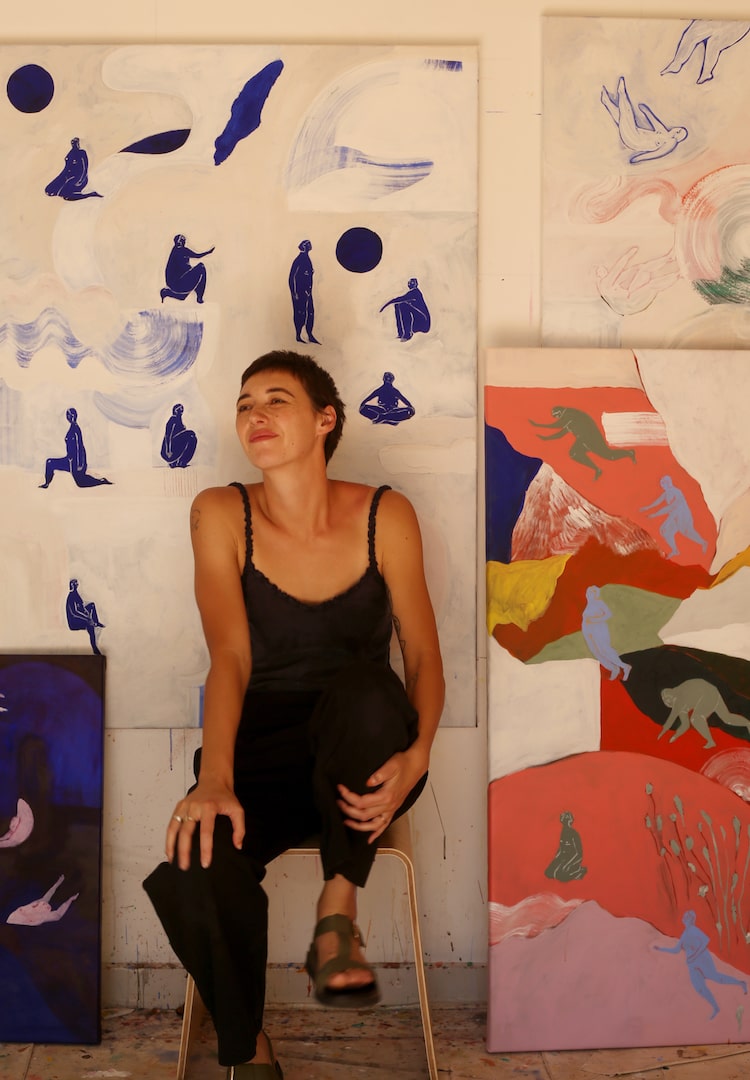How the First Nations curator at Bendigo Art Gallery brought Australia’s first major survey of contemporary Indigenous fashion to life
WORDS BY NINA FITZGERALD
“Indigenous fashion has an important place in Australia, and internationally.”
It was a lightbulb moment that ignited an idea in Shonae Hobson, the First Nations Curator at Bendigo Art Gallery, to bring Piinpi, Australia’s first major survey of contemporary Indigenous Australian fashion, to life.
“There had been First Nations fashion exhibitions, but not to this scale,” Hobson tells me.
“There has always been a rich history of textile production, but it was the concept of showcasing Indigenous stories through fashion that hadn’t really been done before. For me, it was a really exciting project.”
It is these stories that are vital to more than 100 pieces, ranging from garments and textile design to adornment and fine jewellery, from 70 designers and artisans, which feature in Piinpi.
“With Indigenous fashion, it is so much more than just the item itself…it’s about the artist’s work, you want to know what this bush food is, and you want to know the story and the connections between the artist, the markings and the garment itself,” says Hobson.
Piinpi is a word from Hobsons great-grandmother’s language that describes seasonal changes, but at its core it refers to the strong interrelationship between people and the environment, which cycles in continuous synergy, adapting over time. It is like the continuity and evolution of Indigenous culture and the synergy between land, seas and people; the very notion of which is the strength of First Nations Australia.
In showcasing the bold creativity from artists today, Hobson wanted to highlight this aspect of the living cultures of Aboriginal and Torres Strait Islander Australia.
“The artists are still showing and connecting to traditional stories, just through very contemporary and innovative mediums and forms of expression,” she says. “It really dismantles the perceptions people have about both Indigenous peoples and fashion.”
“For a lot of people the mindset of Indigenous art is still dot paintings, and thinking along the very traditional formats. So for me, it was about dismantling that and showcasing the continuity and evolution of Indigenous culture.”
Perhaps the even greater impact of an exhibition such as Piinpi is the strength and support it undoubtedly provides First Nations People. Fashion reaches across the socio-economic divide and is accessible to so many people. Its power is undeniable, and it can be a vehicle for change in even the most remote parts of the country.
“The more Indigenous designers that are making and creating, and the more promotion there is, the growth of this sector is reaching communities. And that will continue to open up a wealth of opportunity because [the industry] is just so broad, you’ve got artists working in art centres but then you’ve got designers who have been to study fashion at RMIT, and more entrepreneurial business owners… And then there are models and make-up artists, and vast opportunities for our young people.”
However, in illuminating the links between fashion and art, Hobson believes that it is still important that fashion is recognised as a separate body, as a lot of specific support is required to foster the talent of First Nations creatives right across the fashion ecosystem.
“It is important that First Nations Fashion Design and First Nations Fashion Council has been established because it sets a peak body and platform for ongoing collaborations between fashion designers and artists,” she explains.
It’s unsurprising that, with Hobson at the helm, the exhibition has been executed so beautifully. She is a southern Kaantju woman who left the tiny town of Coen, on the east coast of the Cape York Peninsula, to study art history and anthropology at the University of Melbourne.
And now, despite residing some 3000km away from her home town, her inherent ability to share stories and understand their power is nourished by the deep connection she maintains to her family, her heritage and her home.
And as for her own thoughts on why Piinpi is so needed, well, she puts it better than anyone else could.
“Most importantly, it is making a statement that this is an important part of history, and Indigenous fashion has an important place in Australia and internationally. It is important that we recognise all these designers and the incredible work that they are doing. While Piinpi is the first, I hope it won’t be the last. There’ll be many more exciting opportunities.”

